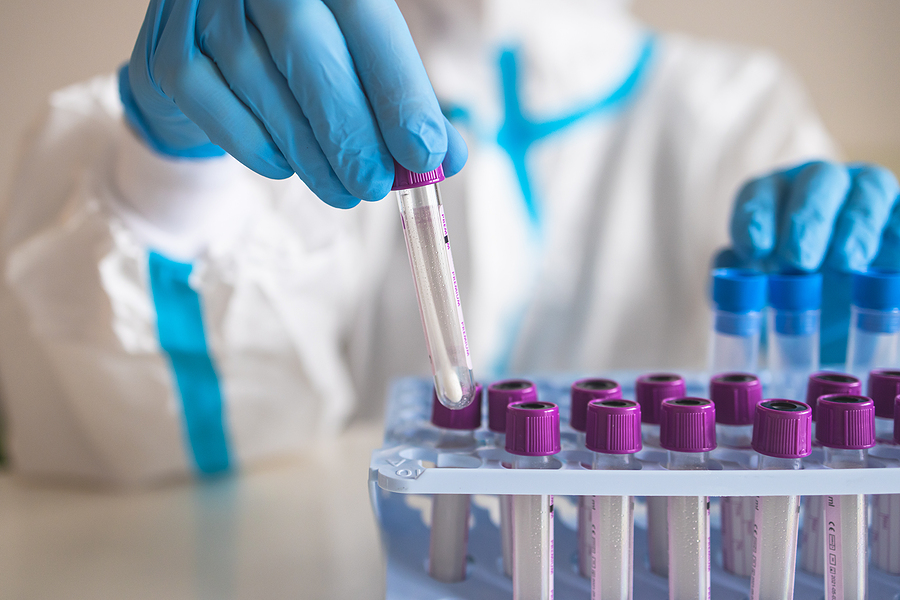How Surviving Covid Inadvertently Taught Us Physics Basics

Looking at the article title, one might be wondering if they are reading the wrong article. What does physics have to do with the pandemic? Physics goes beyond studying the structures of matter and the fundamentals behind the interactions of the various forces in the universe. Through physics, the future generation can be inspired to broaden their knowledge about the world and how evolution in technology can help to steer global economies in the future. Physics, in a certain way, can be found in other branches of science. Because of this, enrolling with us for our JC physics tuition programme might encourage them to understand better how physics affects our daily lives, thus appreciating the subject.
Physics played a part in the survival of the pandemic
When covid hit the globe in 2020, the first to respond to the search for a cure was the engineering and biological industry. However, many physicists too responded and played their part in the latter part of the battle with the pandemic, primarily when the study of fluid dynamics of the airborne viral infection resulted in the design of social distancing.
Here are three key examples that will educate you on how surviving covid was a combined effort that consisted of physics.
1. Knowledge of temperature and humidity levels helps slow down the spread of covid
Climate played a pivoting role in spreading the pandemic. This is due to the connection between ambient conditions and the virus as a result of temperature and humidity. According to many physicists, an environment with high temperatures and low humidity is ideal conditions for the slower spread of the pandemic. Many physicists utilised the 3D multiphase Eulerian-Lagrangian to compute fluid dynamics in order to get the result.
2. Adequate social distancing helped minimised risk of viral transmission
Social distancing was one of the critical solutions for minimising viral transmission when covid hit, and it worked. In usual circumstances, the accepted social distance between two persons is 2m, which is well beyond any droplet projectile range. However, through many studies, physicists have proved their doubts. Hence, in the early stages of the covid pandemic, many nations adopted the new social distancing measures of at least 5m. This updated social distancing measure was a result of a genome sequence of covid that was collected at 5m and was found to be precisely the same as a genome sequence that was collected through a nasal swab from an active infected patient.
3. Discovering how the covid virus survived on surfaces
Physicists applied mathematical equations to enable proper assessment of how the covid virus survived on surfaces. Through the examinations of the time it takes for respiratory droplets from active infected personnel to dry, it was found that no matter which part of the world the test was done, all sizes of the respiratory droplets were similar to the width of a hair. Despite their minute size, the droplets do not dry out like typical respiratory droplets and can remain attached to any surface it lands on. Hence, it explains how humans can be infected with covid after touching contaminated surfaces. This assessment has enabled success with the help of models derived from interface science, which is the studying of two spatial areas that are occupied by different matters.
Conclusion
Knowing the fundamentals of matter and energy helps form the basis of many essential and effective health protocols implemented globally. Physics does provide many experts with incredible insights to finding solutions to stop the spread of the virus, allowing the world to move forward.
If this has inspired you to take an interest in the subject, consider joining physics tuition for engaging and comprehensive classes today!